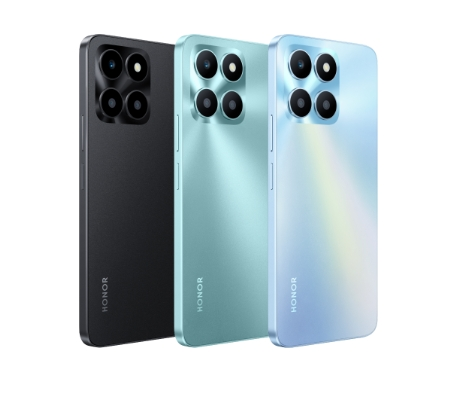Choosing between breastfeeding and
pumping is a significant decision for many new mothers. Both options offer
unique benefits and challenges, and the right choice depends on a variety of
personal factors, including lifestyle, work commitments, comfort, and
breastfeeding goals. Here’s a closer look at the pros and cons of each to help
you decide which is right for you.

Breastfeeding: The Natural Connection
Breastfeeding is often considered
the most natural way to feed a baby, offering a direct connection between
mother and child. One of the key advantages of breastfeeding is the strong
emotional bond it fosters through skin-to-skin contact. This bond not only
helps in the baby’s emotional and psychological development but also provides
comfort and security. Additionally, breastfeeding stimulates the production of
oxytocin, a hormone that helps the uterus return to its pre-pregnancy size and
reduces postpartum bleeding.
Nutritionally, breast milk is the
perfect food for infants, tailored to meet their needs at each stage of
development. The composition of breast milk changes as the baby grows,
providing the right balance of nutrients, antibodies, and other essential components
that boost the baby’s immune system and overall health. Breastfeeding also
eliminates the need for bottles, formula, and other feeding supplies, making it
a convenient and cost-effective option.
However, breastfeeding also comes
with its challenges. Some mothers may experience difficulties such as latching
problems, nipple pain, or engorgement. Additionally, breastfeeding can be
time-consuming and demanding, as it requires the mother to be physically
present for most feedings. This can be particularly challenging for mothers who
plan to return to work or need more flexibility in their daily routines.
Pumping: Flexibility and Convenience
Pumping breast milk offers a
different set of advantages, particularly for mothers who need more flexibility
in their feeding schedule. By pumping, mothers can collect and store milk,
allowing others to feed the baby when they are not available. This can be
especially beneficial for working mothers, as it enables them to continue
providing breast milk even when they are away from their baby.
Pumping also allows mothers to share
feeding responsibilities with their partner or other caregivers, providing them
with much-needed rest or time to attend to other activities. Additionally,
pumping offers the opportunity to monitor and measure the amount of milk the
baby is consuming, which can be reassuring for some mothers.
On the downside, pumping can be
time-consuming, requiring regular sessions to maintain the milk supply. The
process of pumping, storing, and cleaning equipment can also add to the
workload. Moreover, pumping might be less satisfying than direct breastfeeding
for some mothers, as it lacks the close physical contact that breastfeeding
provides. Over time, some mothers may experience a decrease in milk supply if
pumping does not fully empty the breasts.
Making the Right Choice for You
When deciding between breastfeeding
and pumping, it’s important to consider what works best for your lifestyle,
comfort, and breastfeeding goals. There is no one-size-fits-all answer, and the
choice should be based on your unique circumstances. If you value the emotional
bonding and the convenience of feeding your baby directly, breastfeeding might
be the ideal choice. Breastfeeding can be particularly beneficial during the
early months when establishing a routine and building a strong bond with your
baby is crucial.
On the other hand, if you need more
flexibility, such as returning to work or sharing feeding duties with your
partner, pumping might be the better option. Pumping allows you to continue
providing the benefits of breast milk while accommodating your need for
independence and time management.
Many mothers find that a combination
of both breastfeeding and pumping works best for them. This approach allows for
the intimacy and bonding of breastfeeding while also offering the flexibility
and convenience of pumping. You can breastfeed when you’re with your baby and
pump when you’re apart, ensuring that your baby continues to receive the
benefits of breast milk.

Final Thoughts
Whether you choose breastfeeding,
pumping, or a combination of both, the most important factor is that you and
your baby are happy and healthy. Listen to your body, consider your needs, and
don’t be afraid to adjust your approach as you go. Every mother’s journey is
unique, and what matters most is finding the balance that works best for you
and your baby. If pumping breast milk is the right move for you in the question
of breastfeeding vs pumping,
then you'd be happy to know that Eufy is offering a breast pump called the Eufy
Breast Pump S1 Pro that is extremely comfortable and provides an app
integration that helps you manage the milk it collects.



